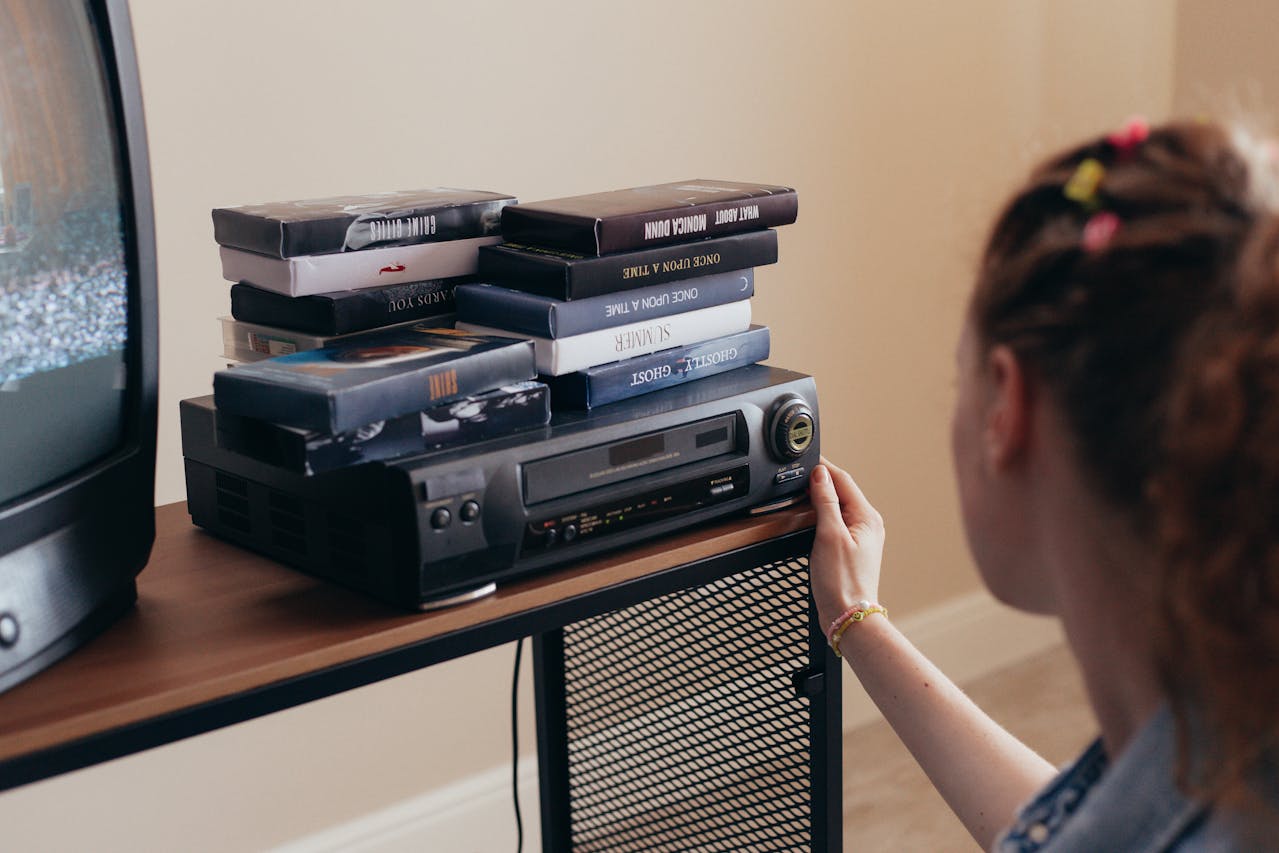The 1960s were packed with real inventions that still shape daily life. Engineers built new ways to talk, pay, compute, and listen. Below are seven proven breakthroughs from that decade with clear dates, places, or names behind them. Each entry explains what was invented, who led it, and how it changed everyday habits in homes, schools, or on the street. No myths. No jargon. Just the facts that turned a fast-moving decade into the start of our connected world.
1. Compact Cassette (1963)

Philips introduced the Compact Cassette in 1963 at the Berlin Radio Show. The small tape and matching players made recording and playback cheap and portable. By the late 1960s schools used cassettes for language labs and families swapped mixtapes. The format later powered car stereos and, in the 1970s, pocket players. Its simple plastic shell, two reels, and standardized speed let any brand’s tape work in any deck, which sped up mass adoption across the United States.
2. Touch-Tone Telephone (1963)
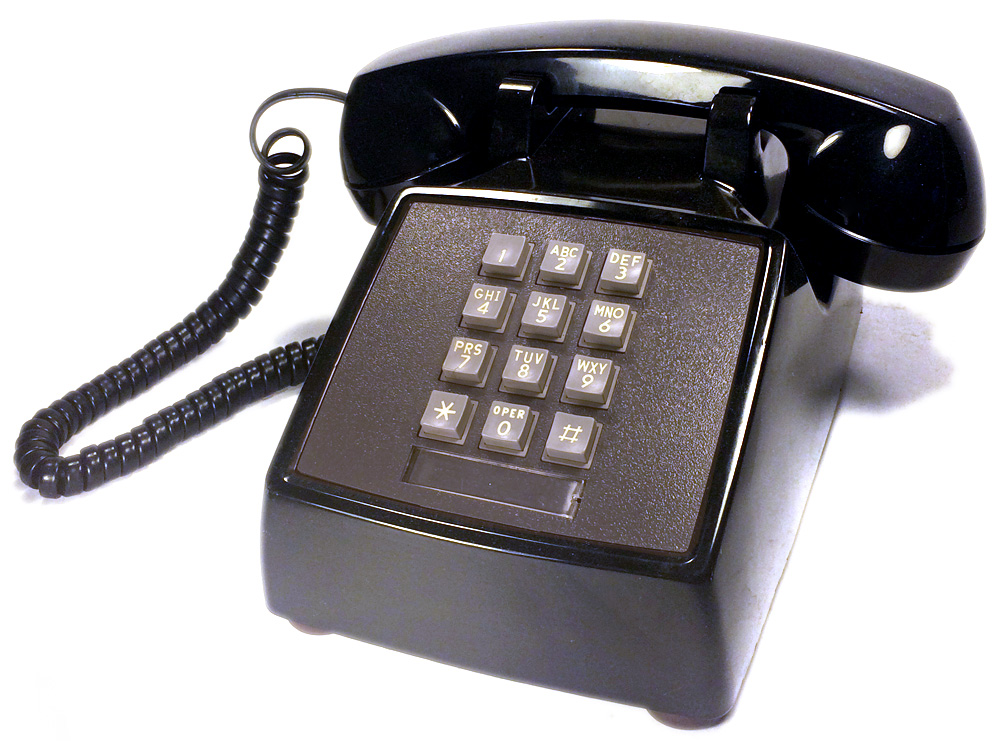
Bell System launched Touch-Tone service in November 1963 in Pennsylvania. The new phones sent numbers as audio tones from a 12-button keypad, replacing slow rotary dials. Calls connected faster and phone banking, voicemail trees, and automated services became possible. The tone standard, called DTMF, let businesses build simple menus that people could use from any push-button phone. By the late 1960s and 1970s, Touch-Tone spread nationwide, changing how Americans interacted with companies by phone.
3. Automated Teller Machine, ATM (1967)
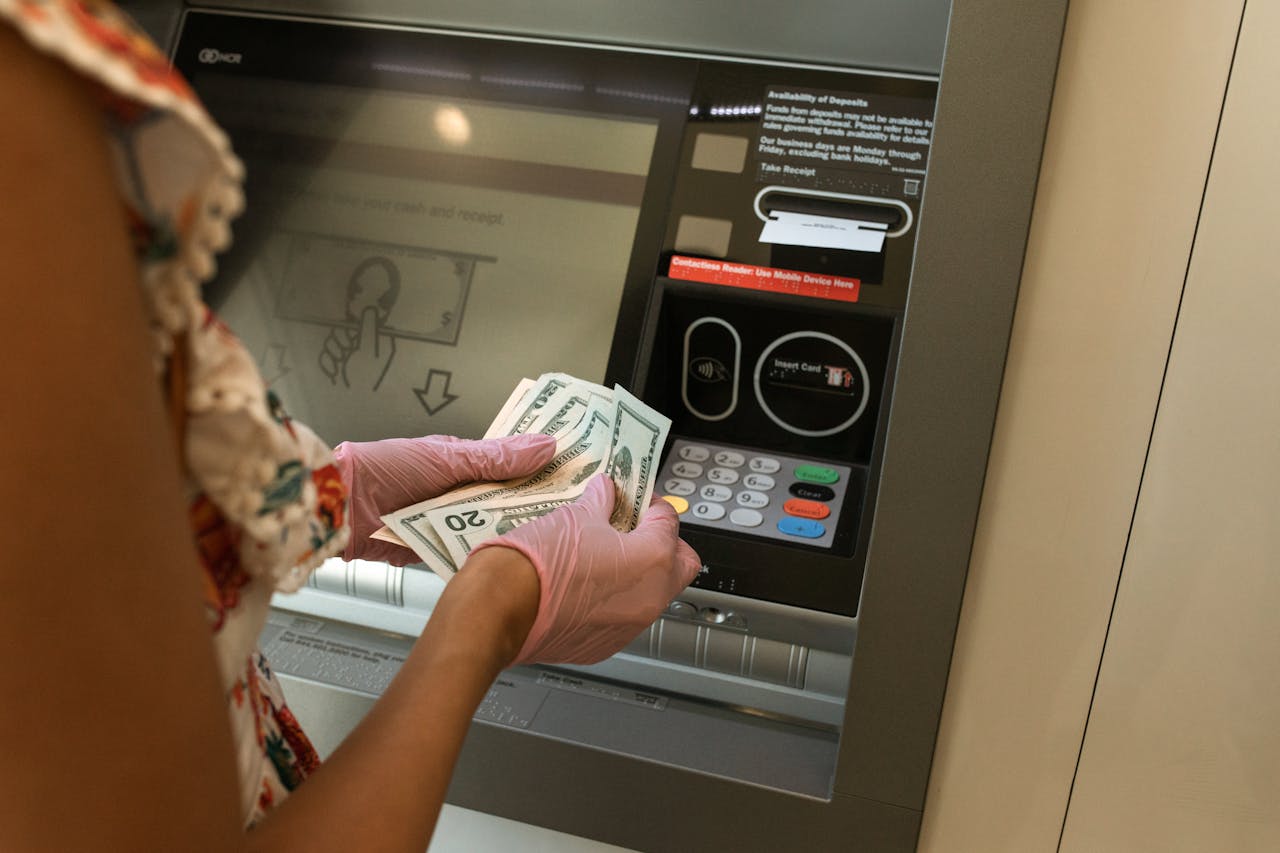
The first cash machine for public use went live in 1967 at Barclays in London. The concept reached the United States in 1969 at Chemical Bank in New York, letting customers get cash after branches closed. ATMs used secure cards or codes to authenticate users and dispense preset amounts. Evening access to money changed daily routines, reduced the need to carry large sums, and set the stage for 24-hour banking networks that spread through the 1970s and 1980s.
4. Computer Mouse (1964)
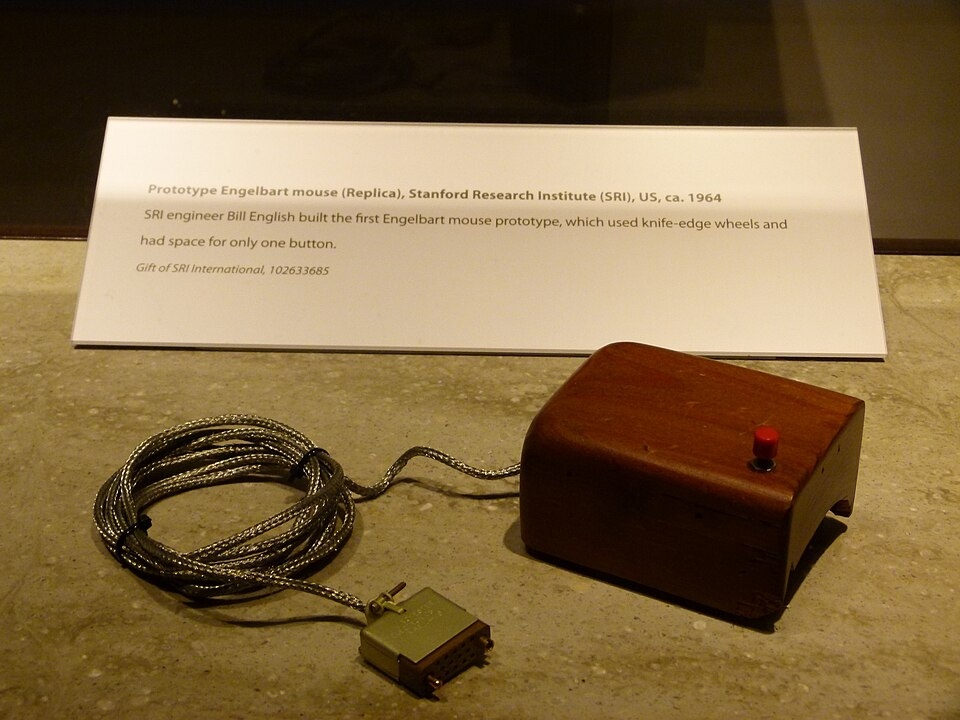
Engineer Douglas Engelbart and his team built the first computer mouse in 1964 at the Stanford Research Institute. The small wood block with two wheels let users move a pointer instead of typing complex commands. In a 1968 public demo, Engelbart showed windows, links, and on-screen editing controlled by the mouse. The idea made later personal computers easier to learn at home and school. Point and click became the normal way people select files, icons, and menus.
5. Light-Emitting Diode, LED (1962)
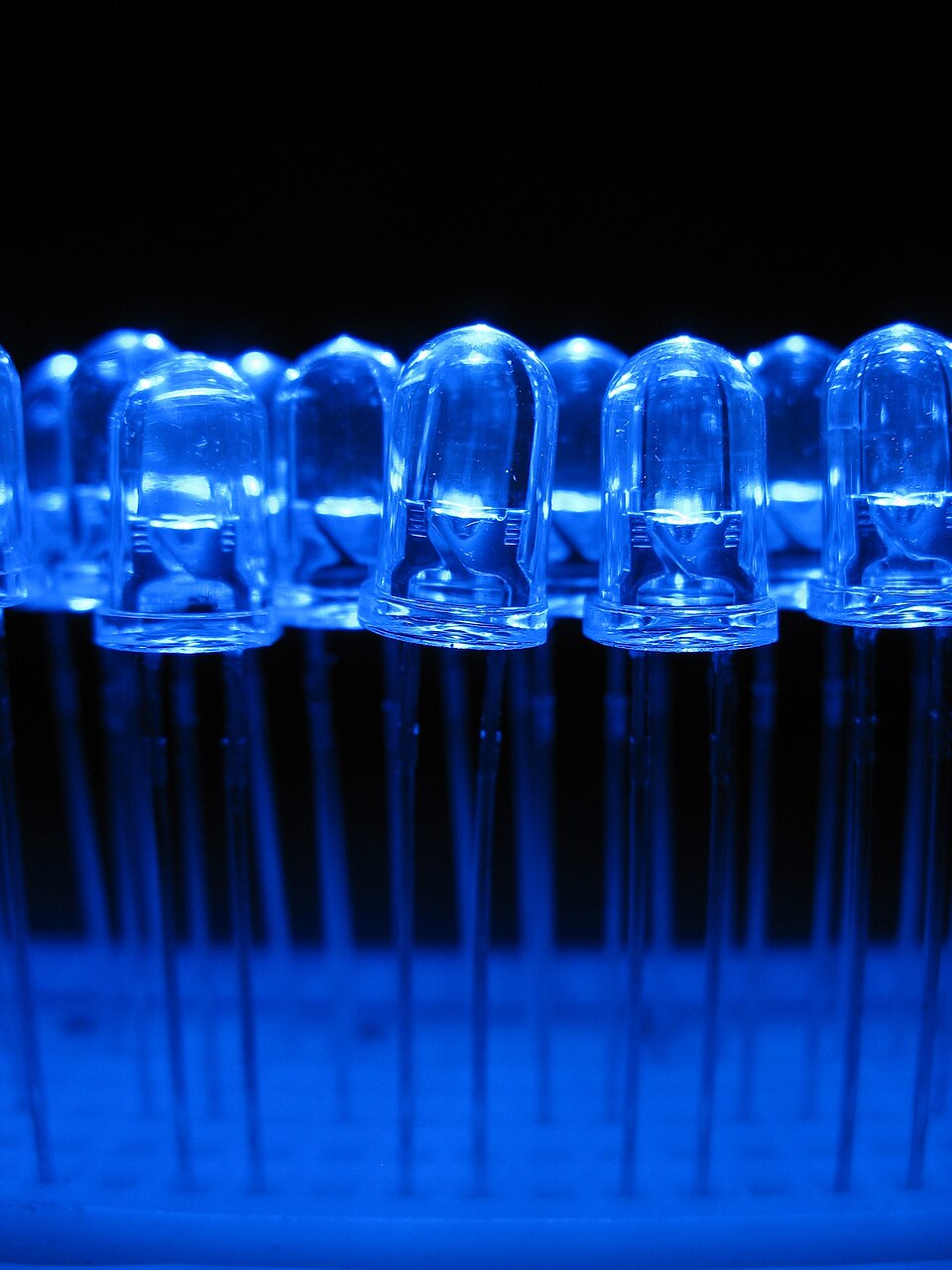
In 1962, Nick Holonyak Jr. at General Electric built the first practical visible-light LED, which glowed red. Early devices served as tiny indicator lights in calculators, radios, and lab gear because they used little power and lasted a long time. As materials improved, LEDs added green and then blue, which made white LED lamps possible decades later. The 1960s start gave homes and gadgets a cool-running, durable light source that slowly replaced hot, short-life bulbs.
6. Communications Satellites, Telstar (1962)
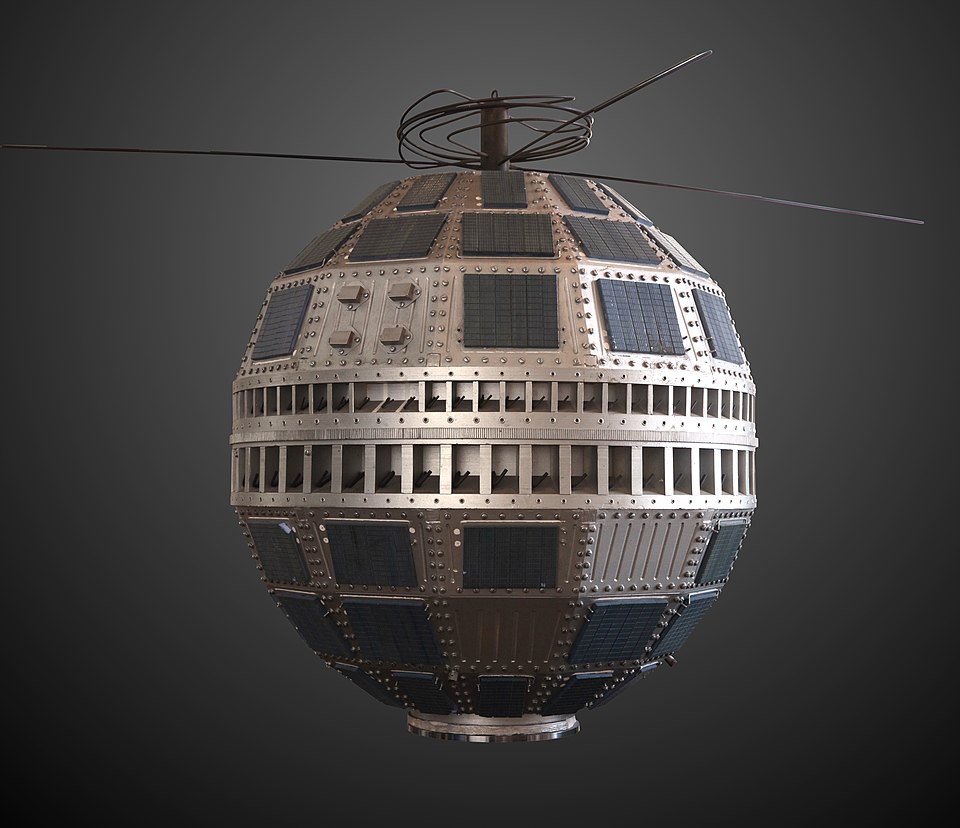
Telstar 1 launched in July 1962, built by Bell Labs with support from NASA and AT&T. It relayed the first live television between the United States and Europe, plus phone calls and fax signals. For the first time, news, sports, and major events could cross the Atlantic in real time. Satellite links soon backed up undersea cables, widened international calling, and laid groundwork for global TV. Everyday viewers saw world events as they happened, not days later.
7. ARPANET, Early Internet (1969)
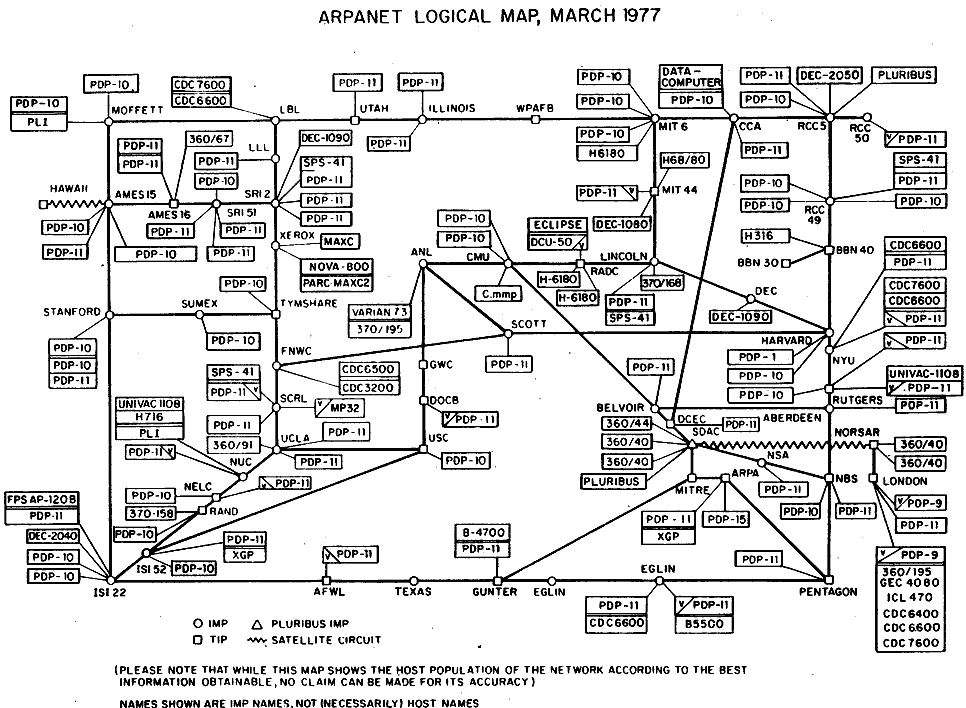
On October 29, 1969, a computer at UCLA sent the first ARPANET message to SRI in Menlo Park. The system linked university and government computers so researchers could share data and log in remotely. The first attempt crashed after the letters L and O, but within hours the full word LOGIN passed. ARPANET soon grew to four sites, then many more. Its packet switching and host rules evolved into Internet protocols, paving the way for email, the web, and today’s online life.

